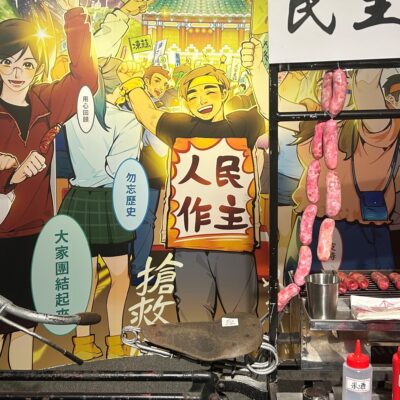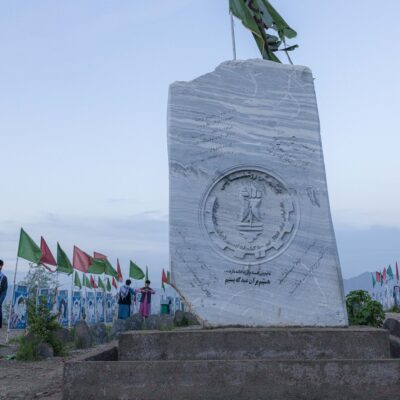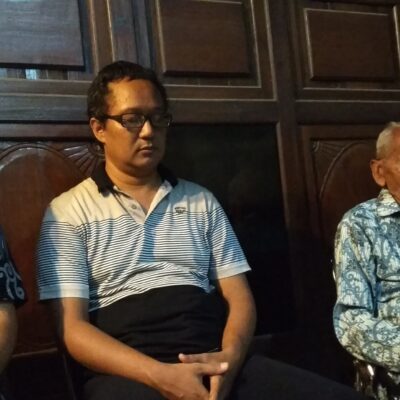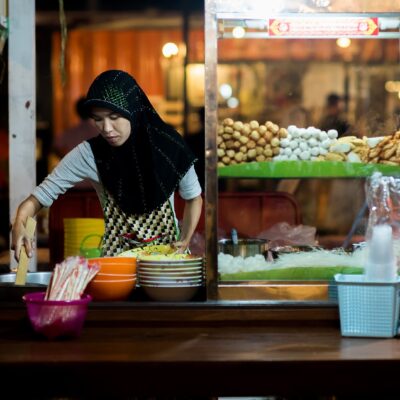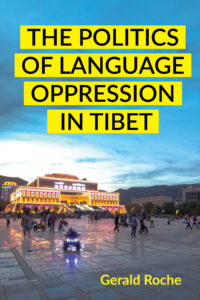
The loss of languages is not unique to any part of the world, but the nature of the People’s Republic of China (PRC) has placed many languages unique to the peoples within its borders under great threat. Language loss in China occurs in the breakdown of intergenerational language transmission, other than the official language of Mandarin.
Gerald Roche’s recently published book, The Politics of Language Oppression in Tibet, provides a critical analysis on the pressures faced by Manegacha-speaking people from the villages of Rebgong, within the traditional boundaries of the Amdo region in Tibet. Manegacha, one of many other minority languages in Tibet and spoken by approximately 8,000 people, faces an uncertain future as its use continues to decrease.
One of the key contributors to the decreasing use of Manegacha is the language policies of the Chinese government at national and provincial levels which promote Mandarin. Other languages are recognised by the government’s minzu classification system, which formally recognises 56 designated ethnic groups, including Tibetan. Each minzu has a single designated spoken language, which in Tibet’s case is the Tibetan language. However, Tibetans speak approximately 30 distinct languages, and the minzu system means that there is ‘…only (one) minority language that can be promoted in Tibetan areas…This imagined standard Tibetan language is the only language that Tibetans can claim the freedom to use and develop.’ (p. 47). The impact of the minzu system, then, is that there is less language diversity across the entirety of China.
The strength and importance of Roche’s book is its accessible yet complex cross-disciplinary analysis of how state policy promotes some languages while suppressing others, thereby restricting the choices available to individuals and communities. The book’s focus is on power dynamics and ‘…how individual choices about language over the lifespan are overdetermined by structural factors…and attempts to look at how [speaker] agency is systematically undermined, constrained and denied’ (p. 6-7) not by forces of globalisation or modernisation but by decisions made by people with power. This undermining of individual agency is demonstrated in the Introduction by the interaction observed by Roche between a Tibetan girl and her father who is explaining why he and his wife, both Manegacha speakers, decided to speak only Tibetan to their daughter, mainly to help her with non-Manegacha schooling.
But individual choice is not only restricted by the state, and it is here the context of Tibet is particularly interesting. Tibet is officially designated by China as an autonomous region with a government which is subordinate to Chinese authorities and exiled Tibetan communities have disputed China’s authority over it for many decades.
The significance of language to the Tibetan people has been demonstrated in many ways, including through political protests in the form of self-immolations—there have been approximately 160 since 2008. One young monk, Tsering Gyal, reportedly said after he had self-immolated that his wish was that “Tibetans would protect and preserve their language and cultural identity.”
The Tibetan population in exile needs to be able to communicate with each other, and the Tibetan language has become the method through which to do so. Roche notes that “Nationalism encourages Tibetans to set aside their differences, to be united, and to promote and protect Tibetan national identity. This means thinking of oneself first and foremost as a Tibetan, rather than as someone belonging to a specific region, sect, community, or language group’ (p. 65). Therefore, the focus on the singular Tibetan language can be both galvanising and detrimental.
Roche here introduces the concept of Tibetophonie. The Tibetophonie ‘…is a political project that aims to promote the use of a single Tibetan language by Tibetans both inside and outside the Peoples Republic of China’ (p. 92). This term adds nuance to analysis of language oppression, not only in the context of Tibet but also across other threatened language groups, causing one to consider the ways in which language can be politicised. Roche notes that through a focus on a singular Tibetan language, Tibetans have ‘confirmed the state’s (China’s) claim that all Tibetans speak a single language… At this level, we can say that global Tibetophonie has discursively amplified state power.’ (p. 94). Tibetophonie demonstrates the complexities and roles that different actors play in language oppression: here the privileging of the Tibetan language, itself marginalised, has marginalised further other languages such as Manegacha.
Roche utilises Foucault’s notion of biopolitics to help describe what he sees as the diffuse, omnipresent nature of power. “Relations of power include not just the binary, vertical relations of dominance (oppressor/oppressed) but also lateral relations of violence between and within oppressed groups. They also involve some degree of internalized oppression.” (p12) It is not the contention that Tibetans are intentionally or actively seeking to eradicate their own languages, but that this situation is a product of the biopolitical state constructed by the PRC, as well as the difficulties and demands faced by Tibetans in-exile.
Whilst this particular work is focused on the case of Manegacha speakers, there are many lessons and considerations to take away for future studies of language oppression. Many of its findings are relevant to other minority groups that find their languages threatened. Many of these exist in post-colonial contexts, such as the situation of First Nations Peoples in Australia who once boasted over 250 languages, with many additional dialects amongst them, this number now sits around 120.
The Politics of Language Oppression in Tibet provides a detailed, expansive account of Manegacha speakers and the ongoing loss of their language. The book concludes by impressing on the reader the importance of language revitalisation projects. The book ends on a hopeful note, emphasizing the role of both governments and individuals in revitalising their own languages. One of Roche’s most poignant messages in their final pages is ‘There is nothing inevitable about the elimination of Manegacha, or any other language. Change is possible – the only question is how.’ (p. 144). For Manegacha speakers, the first priority remains a concerted and sustained effort of language reclamation by individuals and communities within and outside Tibet.
Image: Beneath the Karola Glacier, Tibet, 2024. Credit: Jack McMahon. Book cover used with the permission of the publisher.

